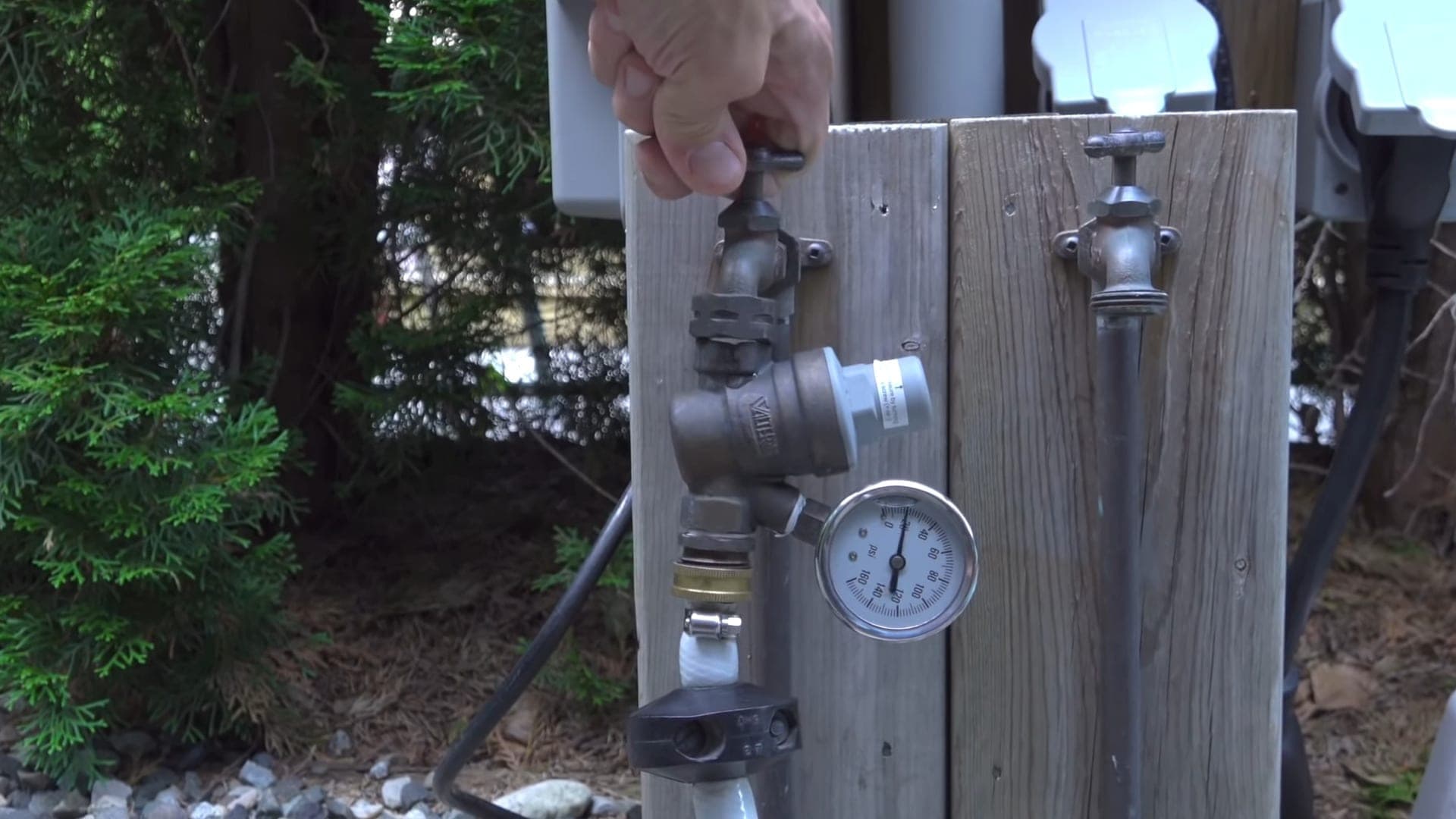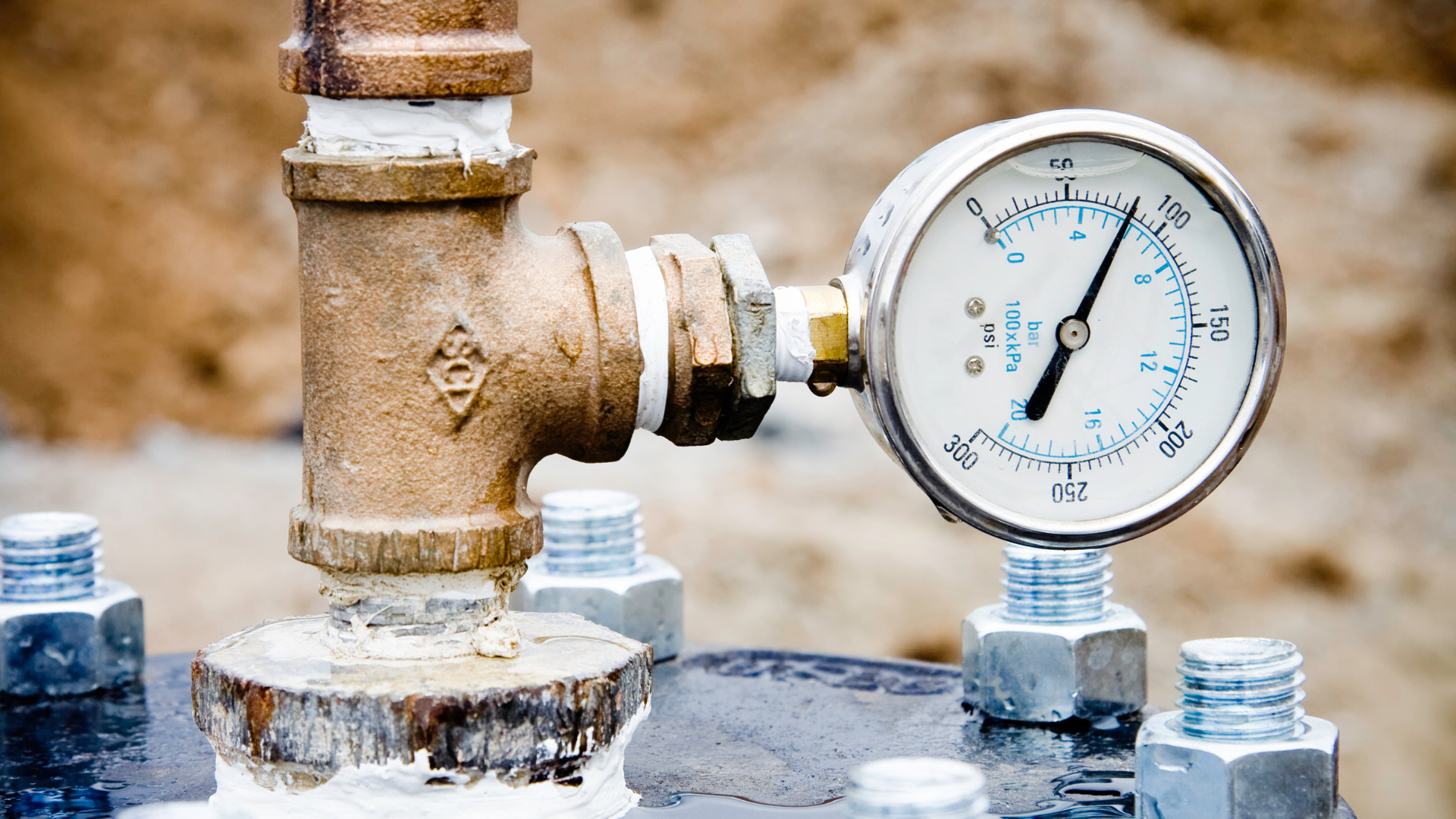My Manual to Rectifying Low Water Pressure in Your Home
My Manual to Rectifying Low Water Pressure in Your Home
Blog Article
The author is making a few good pointers on Low Water Pressure in the House? as a whole in this post directly below.

Low tide pressure in your house can be an aggravating problem, affecting everything from bathing to washing recipes. If you're experiencing weak water flow, there are several feasible causes and remedies to check out. In this overview, we'll discuss usual factors for low water pressure and practical actions to attend to the concern efficiently.
Introduction to Low Tide Stress
Low water pressure takes place when the flow of water from your taps, showers, and other components is weak than typical. This can make day-to-day tasks a lot more difficult and less reliable. Understanding the reasons for low water pressure is crucial to discovering the ideal solution.
Usual Causes of Low Tide Stress
Faulty Pressure Regulators
Stress regulators are in charge of maintaining consistent water stress in your house. If they malfunction, it can cause low water pressure or uneven circulation throughout your house.
Metropolitan Water Issues
Often, the problem exists outside your home. Metropolitan water problems, such as main line leaks or upkeep work, can temporarily decrease water stress in your area.
Pipeline Obstructions
Gradually, pipes can come to be clogged with natural resource, debris, or particles, restricting the flow of water. This is a common problem in older homes with galvanized steel pipes.
Corrosion
Corrosion within pipes can result in leaks and decreased water pressure. Corrosion accumulation can restrict water flow, specifically in aging plumbing systems.
Exactly How to Diagnose Low Water Stress
Inspecting Pipelines
Check noticeable pipes for indicators of leakages, rust, or clogs. Take notice of any uncommon audios, such as banging or rattling pipes, which can show issues within the plumbing system.
Consulting with a Plumber
If you're incapable to determine the root cause of low tide stress, think about employing a specialist plumber to conduct a thorough assessment. They can recognize underlying concerns and suggest ideal remedies.
Examining Faucets and Fixtures
Begin by checking the water pressure at various faucets and components throughout your home. If the problem is separated to certain locations, it may show localized issues.
DIY Solutions to Deal With Low Water Pressure
Flushing Hot Water Heater
Debris build-up in the hot water heater can limit flow and minimize effectiveness. Flushing the tank periodically aids remove sediment and maintain ideal performance.
Inspecting Stress Regulator
Guarantee that the stress regulatory authority is functioning appropriately. Readjusting or replacing the regulatory authority can aid bring back proper water stress throughout your home.
Cleaning Aerators and Showerheads
Natural resources can accumulate in aerators and showerheads, lowering water flow. Remove and clean up these components frequently to improve water pressure.
Cleaning Clogs in Pipeline
For small clogs, try making use of a plumbing serpent or chemical drainpipe cleaner to clear obstructions in pipes. Beware when using chemicals and comply with safety and security guidelines.
When to Call an Expert Plumber
If DIY efforts stop working to settle the issue or if you think significant plumbing issues, it's finest to look for aid from a certified plumber. They have the expertise and devices to resolve intricate issues securely and effectively.
Safety Nets to Preserve Water Stress
Installing a Pressure Booster
Take into consideration mounting a stress booster pump to enhance water stress in locations with constantly reduced circulation. This can be especially useful for multi-story homes or properties with high-demand fixtures.
Tracking Water Use
Be mindful of water usage behaviors and avoid overtaxing the plumbing system. Straightforward changes, such as astonishing showers and washing lots, can help keep adequate water pressure.
Regular Upkeep
Set up routine maintenance for your plumbing system to prevent concerns such as deterioration, leakages, and clogs. Attending to minor troubles early can assist prevent even more considerable repairs in the future.
Verdict
Dealing with low water stress can be frustrating, yet determining the underlying causes and implementing appropriate options can recover optimal flow throughout your home. Whether it's cleaning aerators, examining pipes, or consulting with a plumber, taking positive actions can guarantee a constant supply of water for your daily requirements.
FOUR WAYS TO FIX LOW WATER PRESSURE NOW
Turning on a shower or faucet only to find the water comes out in a sad, slow drizzle is never a good feeling. How exactly are you supposed to wash a pan or take a quick shower when it takes 10 minutes just to rinse off a little soap? The good news is that when your water pressure is bad, there's always a cause: typically one that can be easily fixed. Here are some of the most common causes of low pressure and what you can do to fix the issue:
DEBRIS AND MINERAL DEPOSIT BUILDUPS
If you notice low water pressure from just one or two of the fixtures in your house, the problem likely has to do with debris buildup. Water is full of minerals and other debris, all of which can accumulate in your pipes and on your fixtures. This can cause a blockage that affects how much water flows through. To fix this, try filling a small plastic bag with white vinegar, and use a rubber band to hang it around your showerhead or faucet. Let the head of the fixture soak for a few hours, and the vinegar should loosen the deposits.
WATER LEAKS
Leaks are another common cause of low water pressure. If water is flowing out of your plumbing through a hole or crack before it can reach your fixture, the pressure coming out of the faucet or showerhead will be lower. A plumbing professional is your best bet for finding and repairing a leak in your water supply pipes.
Leaks are another common cause of low water pressure. If water is flowing out of your plumbing through a hole or crack before it can reach your fixture, the pressure coming out of the faucet or showerhead will be lower. A plumbing professional is your best bet for finding and repairing a leak in your water supply pipes.
A VALVE ISSUE
If you have low water pressure throughout your home, check your main shut-off valve to make sure it's completely open. You may also want to see if there's a pressure-reducing valve installed. If there is, have a plumber help you adjust the settings to get the pressure you're looking for.
OTHERS USING WATER
Believe it or not, your low water pressure could be caused by your neighbors. If you notice low pressure at certain times of day, it may be because you and the people living next to you have similar schedules - when everyone is showering at the same time, the pressure will be lower in every home. Low pressure throughout the neighborhood may also be caused by an issue with your municipal water supply. If that's the case, call the supplier to see if they're working on the issue.
https://www.rotorooter.com/blog/water-leaking/low-water-pressure-fixes/

I stumbled upon that page on 9 Reasons for Low Water Pressure in Your House while doing a lookup on the search engines. Enjoyed our review? Please share it. Let somebody else check it out. Thanks a bunch for your time. Please visit our site back soon.
Click Here Report this page